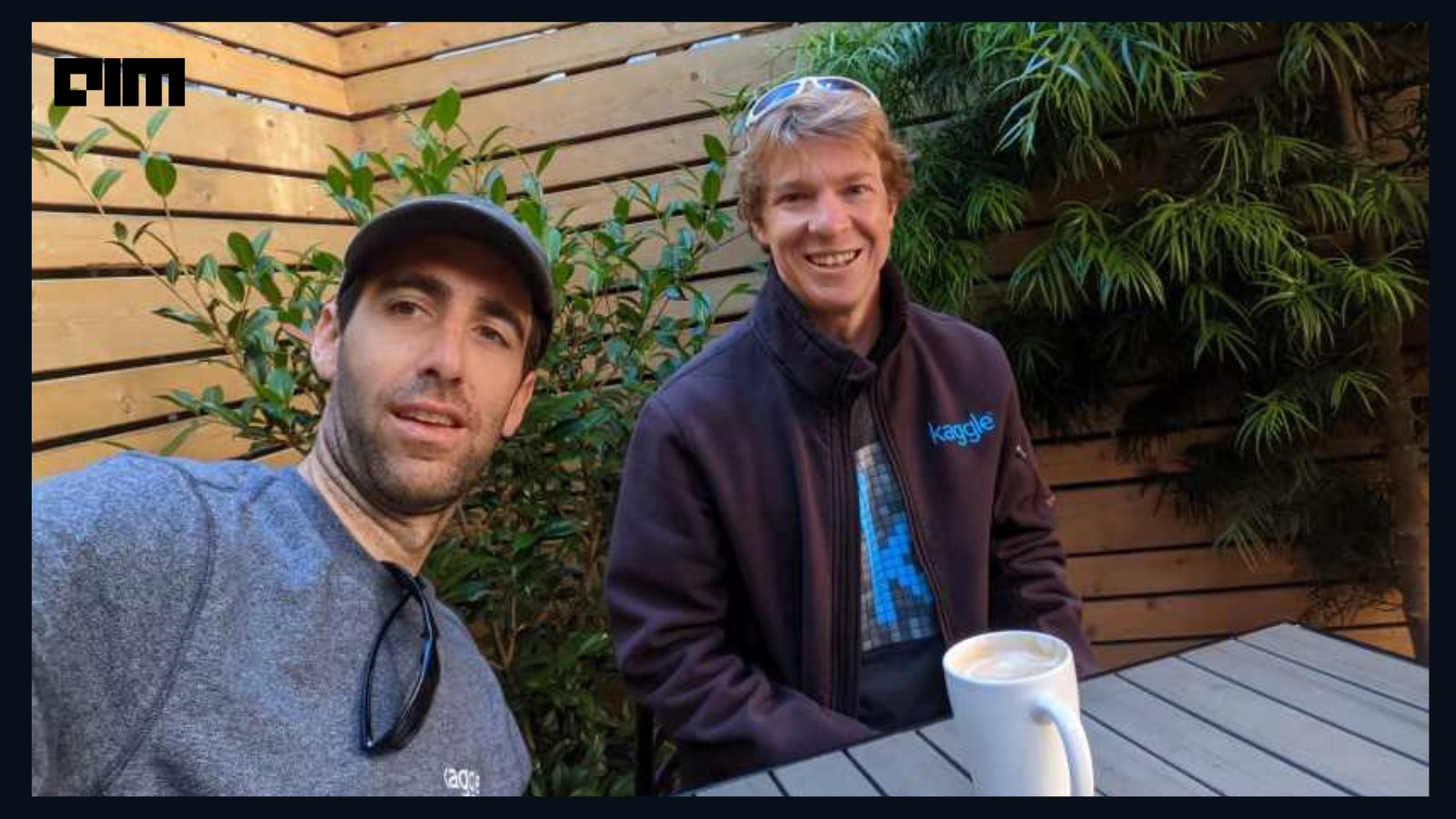Sales teams today rely on diverse tools to identify prospects, compile background information, and automate outreach. However, they still lack deeper insights and context about those prospects. San Francisco-based startup Sumble is emerging with a fresh approach to tackle this problem.
Founded by Anthony Goldbloom and Ben Hamner, the creators of the renowned machine learning community Kaggle, Sumble officially launched in October 2025 following a significant $38.5 million funding round.
The capital infusion was led by Coatue and Canaan Partners, with participation from AIX Ventures, Square Peg Capital, Bloomberg Beta, Zetta Venture Partners, and notable angel investors like Salesforce CEO Marc Benioff and former GitHub CEO Nat Friedman.
Instead of static data or contact lists, Sumble aggregates information from the web, including social media, job boards, corporate websites, and regulatory filings. This data fuels a powerful knowledge graph, enhanced by large language model (LLM) infrastructure, connecting disparate signals into a coherent narrative of a company’s technological landscape, organizational changes, and ongoing projects.
What Makes Them Unique?
Sumble’s unique offering centers on “account intelligence,” which delivers a detailed, actionable view of prospective clients. GTM teams can query the platform for nuanced insights, such as identifying companies ramping up hiring for AI roles or revealing recent leadership changes impacting purchasing decisions.
By layering these insights with a proprietary knowledge graph architecture, Sumble delivers what co-founder Goldbloom describes as a “massive source of defensibility” in a highly competitive market.
Since its stealth launch in April 2024, Sumble has attracted a strong customer base including Snowflake, Figma, Wiz, Vercel, and Elastic. Growth has largely been organic, spreading virally within organizations from individual Slack channels to entire corporations.
“What tends to happen is, we go viral inside a company,” Goldbloom said. “We’ll go from 1 to 500 MAUs in a company over a six-month period. And the way the spread happens is normally within a Slack channel, then within a single team, then within an office, and then within that company.”
About 30% of Sumble’s users currently subscribe to its Pro tier, which unlocks workflow integrations, CRM connectivity, and real-time notifications for relevant prospect developments. Revenue has increased by 550% year-over-year, a testament to the platform’s increasing value and adoption in the sales technology ecosystem.
Goldbloom, who also co-founded AI investment firm AIX Ventures, highlights the importance of synergy between Sumble’s data structure and large language models (LLMs) such as ChatGPT. “The way we structure our data ensures the knowledge graph is and always will be highly queryable by LLMs,” he explains. This means users can ask AI assistants complex questions grounded in Sumble’s rich dataset. For example, “What’s Apple’s current tech stack?” will receive contextually accurate answers powered by real-time data.
Despite a crowded competitive landscape featuring companies like Apollo.io, Slintel, SalesLoft, Cognism, Reply.io, ZoomInfo, HubSpot, and Outreach, Goldbloom remains confident. He believes Sumble’s depth of data, intelligent knowledge graph design, and seamless AI integration position the startup to capture market share and drive innovation in sales intelligence. Sumble’s differentiator is the richness and structure of its knowledge graph covering 2.6 million companies worldwide.
Sumble offers a web app and API, designed to integrate seamlessly with existing sales and marketing workflows. Upcoming releases focus on expanding CRM integrations and embedding intelligence directly into tools sales teams already use. This means prospect data, organizational charts, technology stacks, and new initiatives will be accessible within CRMs and communication platforms, reducing switching costs and ramping efficiency.










